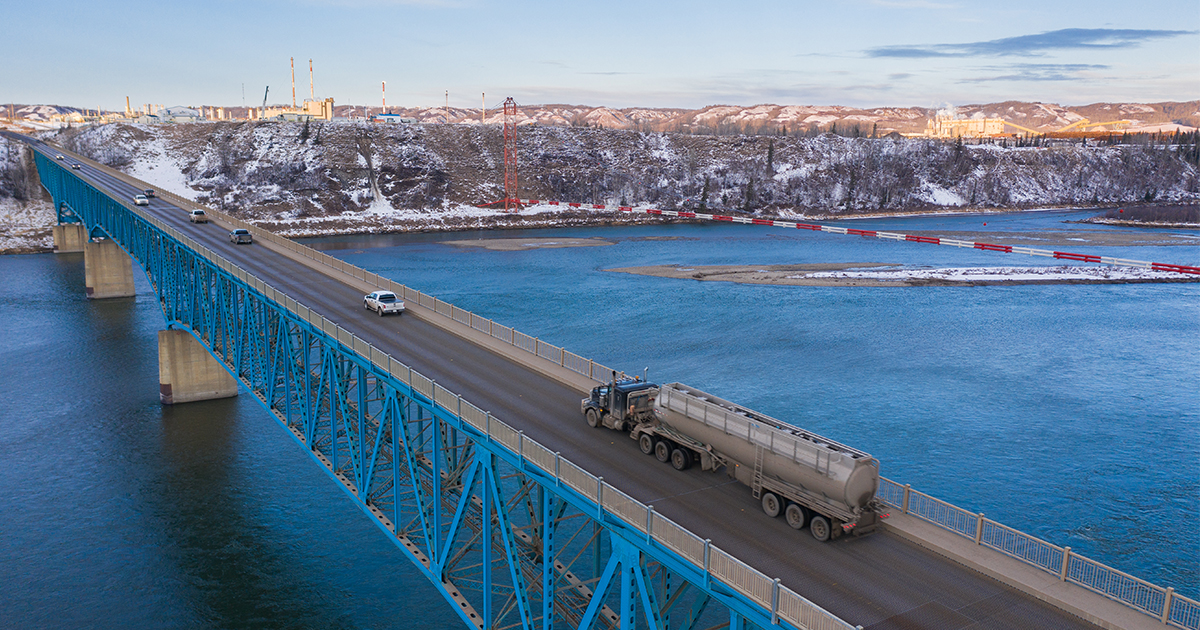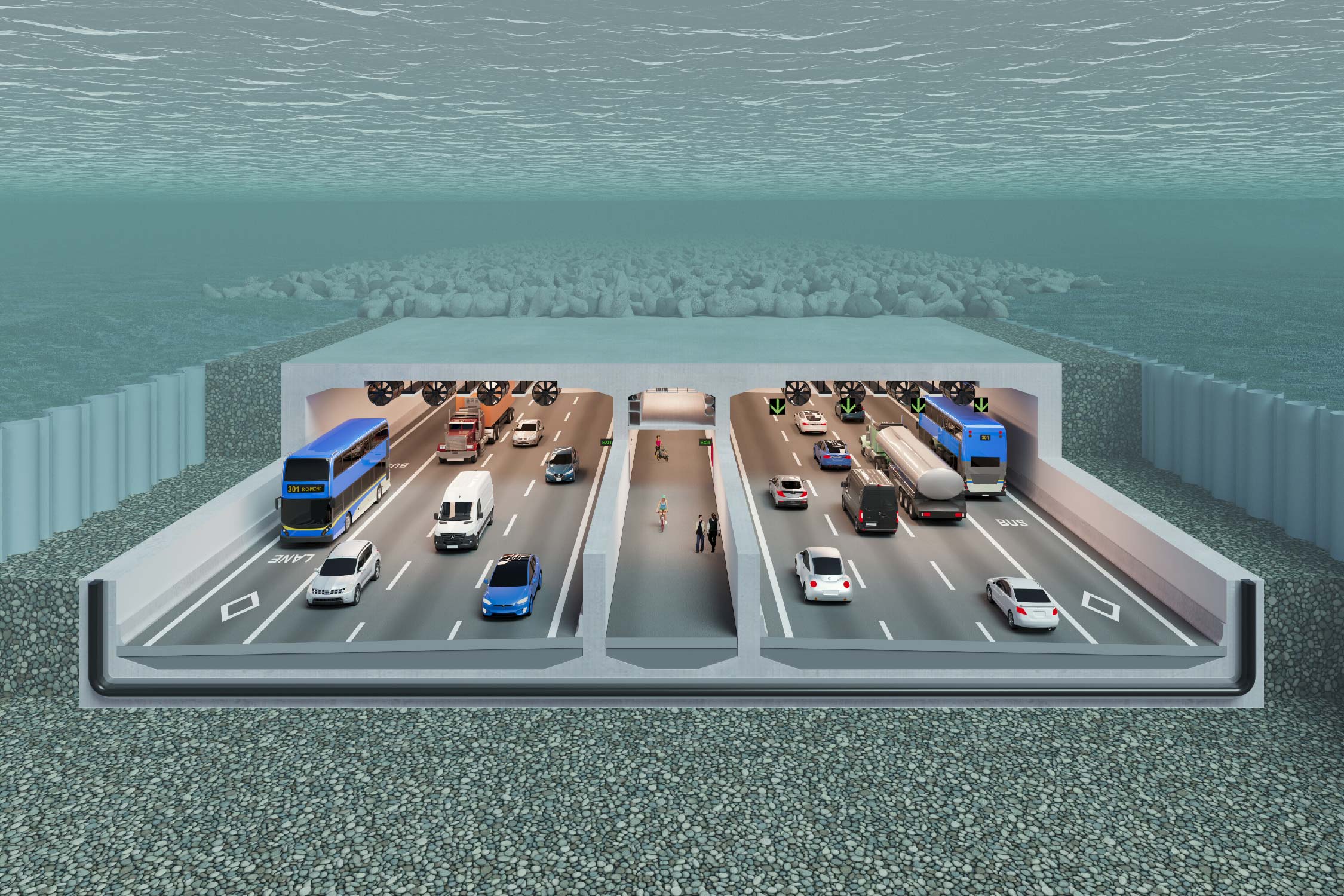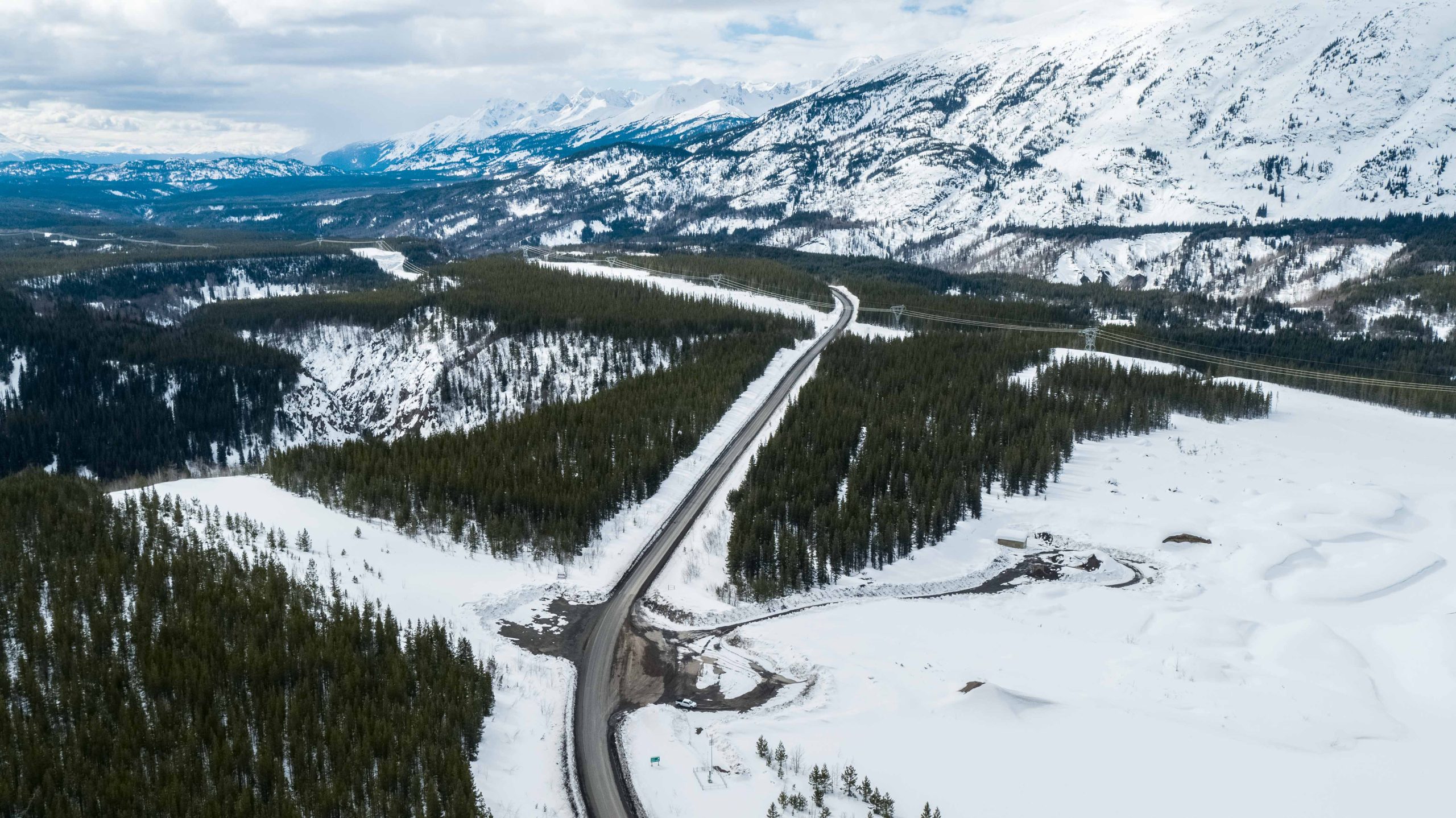
Taylor Bridge
On this page…
Overview
Who: The Ministry of Transportation and Infrastructure
What: Engagement on the future of Taylor Bridge
Where: Near Taylor, B.C.
Why: To determine a future for the aging bridge
How: Online, in-person, email
Engagement Summary
Taylor Bridge spans the Peace River on Highway 97 between Dawson Creek and Fort St. John, near the community of Taylor. It was built in 1960.
The Province launched two phases of engagement seeking input from bridge users, industry, interest groups, local residents and the citizens of B.C. on how they use the bridge, their concerns, and feedback on the concepts for the future for the bridge. Phase one of engagement invited respondents to share their needs and concerns regarding the current bridge while phase two shared concepts built on what we heard in phase one, extensive technical investigations, and consultation with Treaty 8 First Nations.
Visit the interactive website to learn more about the concepts.
News Releases
- Phase 1: https://news.gov.bc.ca/25464
- Phase 2: https://news.gov.bc.ca/27299
For more information, visit: Taylor Bridge Project
Results
- Over 2,000 comments were received across both phases through open houses, surveys, and written submissions.
- Read the What We Heard Report for Phase 1 (PDF, 8MB)
- Read the What We Heard Report for Phase 2 (PDF, 957KB)






